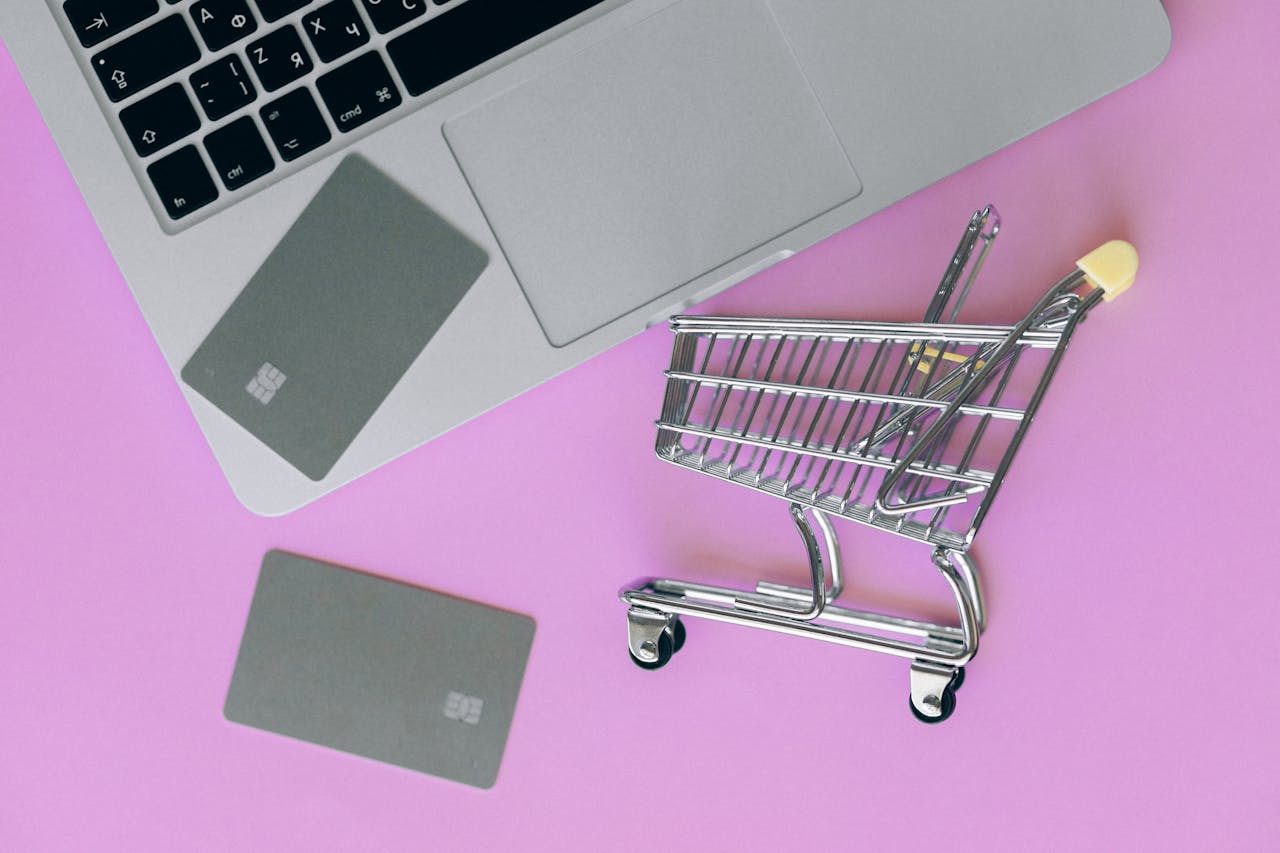Indonesia’s e-commerce market has expanded significantly over the past five years, reaching Rp487.01 trillion in 2024, according to Bank Indonesia data updated on March 23, 2025.
In 2019, the market stood at Rp205.5 trillion and saw consistent annual growth, except for a slight dip in 2023.
The transaction growth rates were as follows:
- 2020: Rp266.3 trillion (+29.6%)
- 2021: Rp401.1 trillion (+50.7%)
- 2022: Rp476.3 trillion (+18.7%)
- 2023: Rp453.75 trillion (−4.7%)
- 2024: Rp487.01 trillion (+7.3%)
The largest leap occurred in 2021, with a 50.7% increase, largely attributed to shifts in consumer behavior during the peak of the COVID-19 pandemic.
Despite a decline in 2023, likely due to post-pandemic adjustments, policy changes on imports, and tightening competition, the sector rebounded strongly in 2024.
Indonesia Leads Southeast Asia in E-Commerce Sales
Indonesia emerged as Southeast Asia’s e-commerce leader in 2024, with total net merchandise value (NMV) of US$64 billion, based on data from Cube Asia.
This accounted for 42.6% of ASEAN’s total NMV for the year.
Trailing behind were:
- Thailand: US$24 billion
- Philippines and Vietnam: US$19 billion each
The NMV metric reflects the actual value of goods sold online, excluding canceled orders, further validating Indonesia’s position as the region’s most dynamic e-commerce ecosystem.
Digital Behavior Fuels Market Expansion
The Ministry of Trade’s Center for Data and Information Systems (PDSI Kemendag) reported that Indonesia’s e-commerce user base grew 69% in five years, from 38 million in 2020 to 65 million in 2024. This number is projected to hit 99 million users by 2029.
The rise in user adoption is attributed to improved digital habits, enhanced access to smartphones, and evolving shopping preferences among Indonesians seeking convenience and speed.
Key Drivers Behind E-Commerce Surge
Several core factors have accelerated Indonesia’s e-commerce momentum:
- Shift in Consumer Behavior
- Online shopping has become mainstream, favored for its ease, variety, and consistent promotional campaigns.
- Digital Payment Innovation
- Platforms supporting e-wallets, paylater options, and secure mobile banking have made checkout experiences more seamless.
- Social Commerce Expansion
- Features like TikTok Shop, WhatsApp Commerce, and live-stream shopping have introduced new sales channels beyond conventional marketplaces.
- Enhanced Logistics Infrastructure
- Faster, more reliable, and affordable delivery services have increased buyer confidence in e-commerce.
- Aggressive Promotions and Flash Sales
- Major players like Tokopedia, Shopee, and Lazada continue to drive traffic and conversions through deep discounts during key events like Ramadan, Harbolnas, and 12.12.
Challenges and Future Outlook for the Industry
Despite its upward trend, Indonesia’s e-commerce industry faces hurdles. Regulatory shifts, competitive market saturation, and the sensitivity of consumer purchasing power remain important concerns.
Industry players are expected to focus on digital marketing innovation, AI-driven personalization, and big data utilization to sustain growth and gain an edge in the evolving landscape.
PHOTO: FREEPIK
This article was created with AI assistance.
Read More






 Monday, 12-01-26
Monday, 12-01-26







